Two Luca Guadagnino movies in one year? 2024 is spoiling us. Queer, the director’s follow-up to Challengers, however, is a different tube of tennis balls entirely, despite re-teaming with screenwriter Justin Kuritzkes, composers Trent Reznor and Atticus Ross, and cinematographer Sayombhu Mukdeeprom for his latest film.
Big Screen Spotlight
Shining a light on the under-the-radar theatrical releases that you need to know about, with a new article every Friday
With Queer, Guadganino swaps 21st Century tennis courts for the streets of Mexico City in the ’50s (and, later, the Amazon rainforest), but he’s still treading familiar ground: desire and all its trappings, from the euphoric to the tragic. Based on the 1995 novella of the same name by William S. Burroughs, Daniel Craig plays William Lee, a lonely American expat floating between bars, hotel rooms, and his apartment searching for a warm body to share his bed. He finds that in Eugene Allerton (played by Drew Starkey), a younger, discharged US Navy serviceman, after he catches his eye in a smoky bar one night.
Lee’s search for connection is defined by its desperation and, like in Challengers, Guadagnino understands the lengths we go to for desire – attraction is often as embarrassing as it is exciting, and that’s part of the fun. The first time Lee sleeps with Allerton is intense and almost juvenile in its speed and passion, but Allerton grows cold in ensuing encounters. In a last-ditch bid to keep him around, Lee propositions him with a trip to the Amazon. As well as connection, he’s obsessed with finding ‘yage’, a hallucinogenic drug more commonly known as ayahuasca. Lee thinks that opening their minds in this way will bring them closer together and becomes militant in this belief.
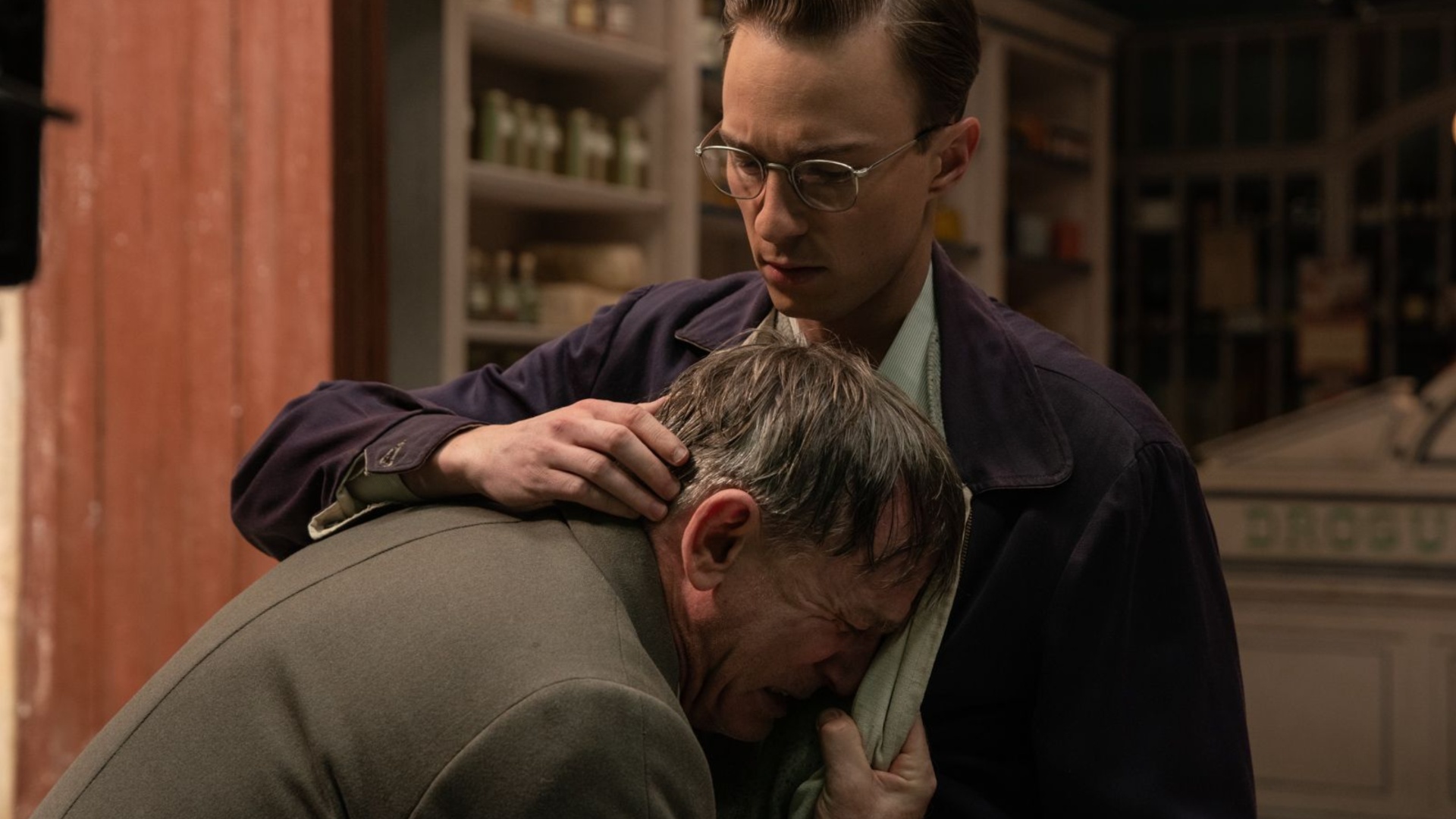
The harder Lee tries, the more it seems to push Allerton away. Throughout the film, windows and panes of glass constantly create distance between bodies, both in real life and surreal dream sequences. If the eyes are the windows to the soul, then even the glasses Lee and Allerton both wear add an extra degree of separation between the pair.
During their time in the rainforest, Lee and Allerton encounter Lesley Manville’s eccentric and reclusive scientist Dr. Cotter, an expert on yage. She tells Lee that a door has already opened and he can’t close it, he can only look away. She’s referring to use of the drug, but the statement also applies to his queerness and desire. “I’m not queer, I’m disembodied,” Lee says at one point, looking away from who he is, but also inadvertently revealing that his quest for another person is also a quest for a sense of self.
In Challengers, the central trio’s sexualities are inextricably bound up in their love of tennis, and there’s a similar connection in Queer between Lee’s desire and drug usage – both his experimentation with yage and his heroin addiction. In both films, sex is both a stand-in for a seemingly unrelated fixation in their protagonists’ lives and also something that goes hand-in-hand with that obsession. One thing can’t exist without the other.
So, while Queer and Challengers may look like very different movies on the surface (there are no psychedelic sequences in Challengers, for one thing), the two films are actually natural bedfellows (no pun intended) in Guadagnino’s filmography. As a director, he’s an expert on desire, love, and sensuality, whether that’s on the tennis court or in a sweaty hotel room in Mexico City.
Queer is out now. For more on what to watch, check out the rest of our Big Screen Spotlight series.
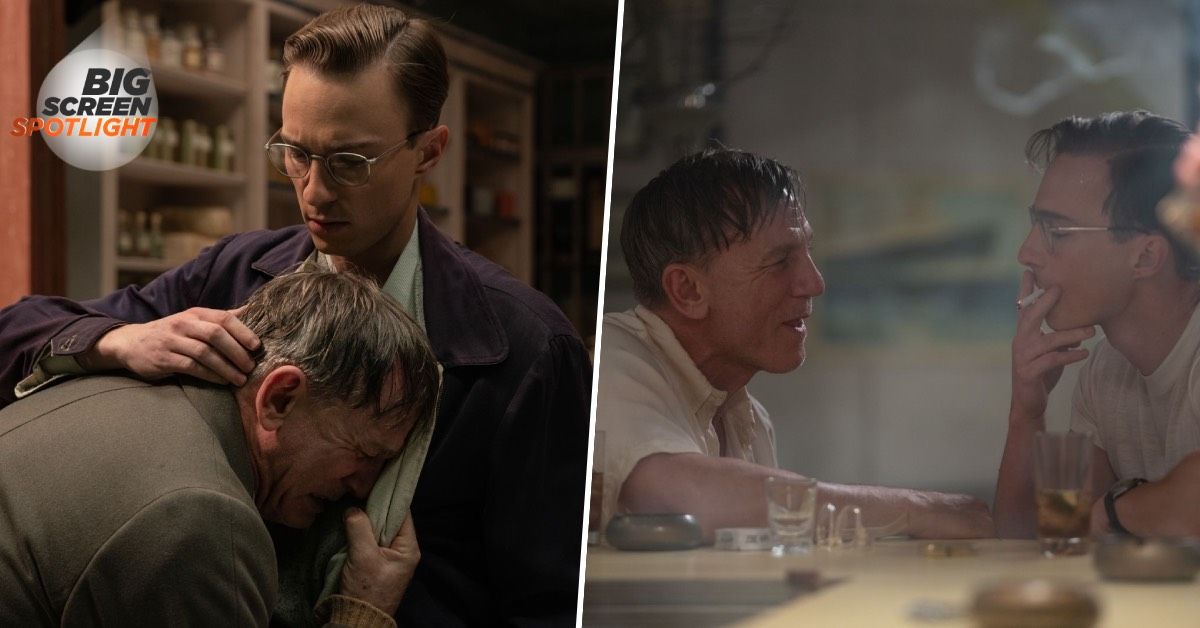






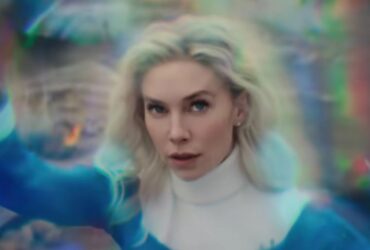

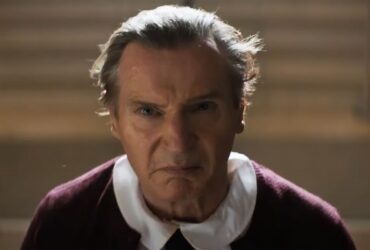
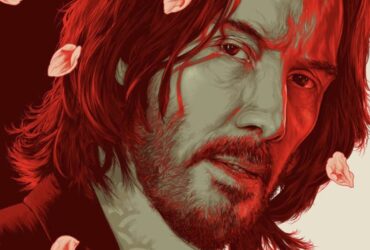

Leave a Reply